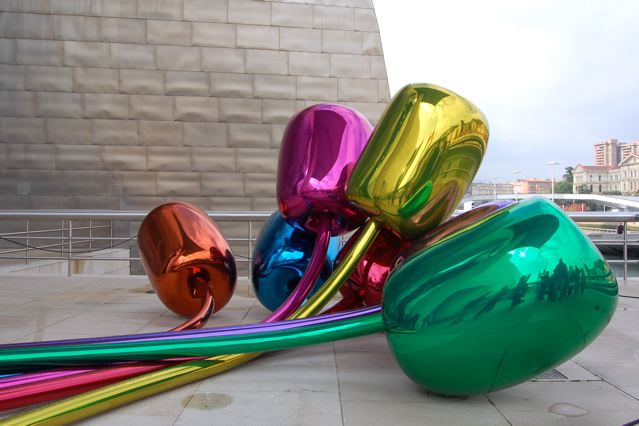
At long last the Watts Gallery in Compton has re-opened after a 2 year, £11 million restoration, and I couldn’t wait to see it. A networking event last week presented the perfect opportunity for me to see how the home and workplace of eminent C19th painter, George Watts, has been re-furbished.
The Watts Gallery is the only purpose-built gallery in the UK dedicated to a single professional artist, and the new look is fresh, spacious and very informative. Today the gallery houses over 6000 diverse objects including over 250 oil paintings, 800 drawings and watercolours, some 130 prints, 200 sculptures, and 240 pieces of pottery as well as unique ephemera and memorabilia related to G. F. Watts, Mary Seton Watts and the history of Watts Gallery.
As always, my eyes were drawn to the cabinets where sketchbooks, letters and personal items conjure up a picture of the artist’s life. Letters to his 2nd wife, Mary, in his artistic scrawly writing, transported me into his thoughts and emotions, then observed in some of his work.
I was intrigued to learn that George Watts had a fascination for the female neck, and this was apparent in many of his paintings. This personal, sideways pose was a controversial move for a Victorian artist - portraits at that time were generally more formal, facing front. Much of Watt’s work is sensuous, showing the influence of Rossetti, and a use of rich, full colour to great effect.
Watts married twice - firstly, in 1864, to Ellen Terry who was 30 years his junior. When she eloped with another man after less than a year, Watts was obliged to divorce her. In 1886, at the age of 69, he re-married to Mary Fraser-Tytler, a Scottish designer and potter, aged 36. Their love of the creative world brought them purpose and great joy and in 1891, they bought land near Compton and continued their work, involving local people and inspiring others. The Watts Gallery, a museum dedicated to his work, opened in 1904, shortly before his death.
When I left the gallery, it was still sunny so I stopped half a mile up the road at the Watts Mortuary Chapel, designed by Mary Watts. This delightful little chapel is an intriguing fusion of art nouveau, Celtic, Romanesque and Egyptian, all influenced by Mary's own original style. The Chapel was apparently the Watts's contribution to the Victorian preoccupation with social improvement through creative enlightenment. Mary passionately believed that anyone with a real interest and enthusiasm could be taught how to produce beautiful decoration,
I wandered around the small graveyard which was intensely peaceful - just the occasional song of a blackbird enjoying the last rays of sunshine. Places such as this little chapel and the Watts Gallery are such special places to cherish in today’s frantic race to prosper and achieve. If you can, make a date in your diary to visit there this summer.
Take a look at the Watt’s Gallery’s informative website: http://www.wattsgallery.org.uk

No comments:
Post a Comment